
epaselect epa05706156 Filipino devotees jostle to reach the statue of the Black Nazarene during the procession in Manila, Philippines, 09 January 2017. The feast of the Black Nazarene is one of the most celebrated religious events in the predominantly Catholic Philippines, where more than 80 percent of the population professes the faith. The wooden statue, crowned with thorns and bearing a cross, is believed to have been brought from Mexico to Manila in 1606 by Spanish missionaries. The ship that carried it caught fire, but the charred statue survived and was named the Black Nazarene. EPA/FRANCIS R. MALASIG Dostawca: PAP/EPA.
Filipiny: procesja Jezusa Nazareńskiego [GALERIA]
1,5 miliona ludzi uczestniczyło w poniedziałek na ulicach stolicy Filipin Manili w procesji, w której niesiona jest XVII-wieczna figura Jezusa Nazareńskiego upadającego pod krzyżem w drodze na Golgotę. Wprowadzono silne środki bezpieczeństwa. Fot. PAP/EPA/Mark R. Cristino, Francis L. Malasig, Rolex dela Pena
- epa05708385 Filipino police officers jostle with devotees during the procession of the Black Nazarene at Quiapo Church, Manila, Philippines, 10 January 2017. The feast of the Black Nazarene is one of the most celebrated religious events in the predominantly Catholic Philippines, where more than 80 percent of the population professes the faith. The event features a wooden statue, crowned with thorns and bearing a cross, that is believed to have been brought from Mexico to Manila in 1606 by Spanish missionaries. The ship that carried it caught fire, but the charred statue survived and was named the Black Nazarene. EPA/MARK R. CRISTINO Dostawca: PAP/EPA.
- epa05708386 Filipino devotees look on during the procession of the Black Nazarene at Quiapo Church, Manila, Philippines, 10 January 2017. The feast of the Black Nazarene is one of the most celebrated religious events in the predominantly Catholic Philippines, where more than 80 percent of the population professes the faith. The event features a wooden statue, crowned with thorns and bearing a cross, that is believed to have been brought from Mexico to Manila in 1606 by Spanish missionaries. The ship that carried it caught fire, but the charred statue survived and was named the Black Nazarene. EPA/MARK R. CRISTINO Dostawca: PAP/EPA.
- epa05708388 Filipino devotees hold on to the rope pulling the Black Nazarene during the procession at the Quiapo Church, Manila, Philippines, 10 January 2017. The feast of the Black Nazarene is one of the most celebrated religious events in the predominantly Catholic Philippines, where more than 80 percent of the population professes the faith. The wooden statue, crowned with thorns and bearing a cross, is believed to have been brought from Mexico to Manila in 1606 by Spanish missionaries. The ship that carried it caught fire, but the charred statue survived and was named the Black Nazarene. EPA/MARK R. CRISTINO Dostawca: PAP/EPA.
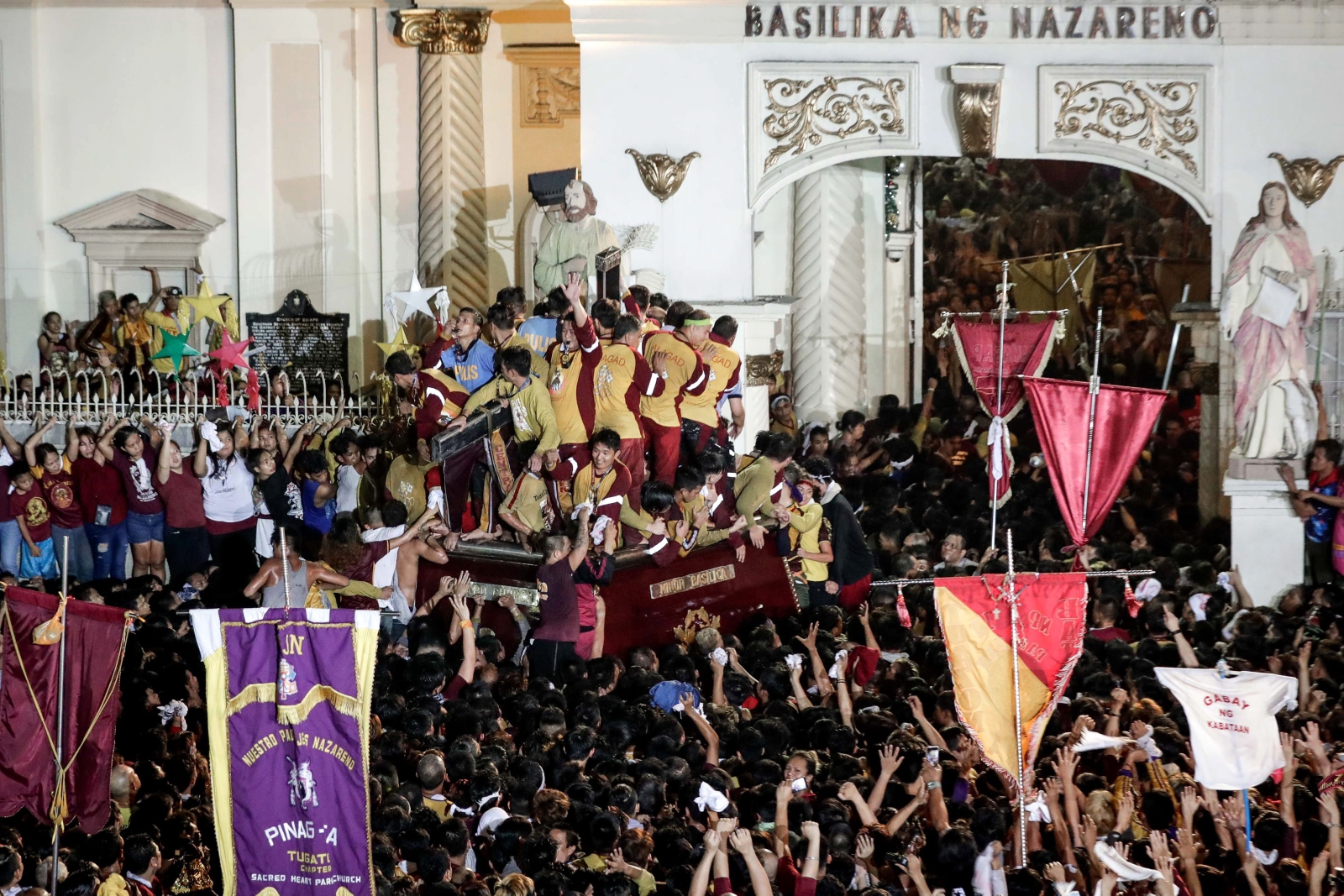
- epa05708391 Filipino police officers stand guard during the procession of the Black Nazarene at Quiapo Church, Manila, Philippines, 10 January 2017. The feast of the Black Nazarene is one of the most celebrated religious events in the predominantly Catholic Philippines, where more than 80 percent of the population professes the faith. The event features a wooden statue, crowned with thorns and bearing a cross, that is believed to have been brought from Mexico to Manila in 1606 by Spanish missionaries. The ship that carried it caught fire, but the charred statue survived and was named the Black Nazarene. EPA/MARK R. CRISTINO Dostawca: PAP/EPA.
- epa05708392 A Filipino devotee rests as she waits for the statue of the Black Nazarene at Quiapo Church, Manila, Philippines, 10 January 2017. The feast of the Black Nazarene is one of the most celebrated religious events in the predominantly Catholic Philippines, where more than 80 percent of the population professes the faith. The event features a wooden statue, crowned with thorns and bearing a cross, that is believed to have been brought from Mexico to Manila in 1606 by Spanish missionaries. The ship that carried it caught fire, but the charred statue survived and was named the Black Nazarene. EPA/MARK R. CRISTINO Dostawca: PAP/EPA.

- epa05708394 The Black Nazarene enters the Quiapo Church after a near 23-hour procession through Manila, Philippines, 10 January 2017. The feast of the Black Nazarene is one of the most celebrated religious events in the predominantly Catholic Philippines, where more than 80 percent of the population professes the faith. The wooden statue, crowned with thorns and bearing a cross, is believed to have been brought from Mexico to Manila in 1606 by Spanish missionaries. The ship that carried it caught fire, but the charred statue survived and was named the Black Nazarene. EPA/MARK R. CRISTINO Dostawca: PAP/EPA.
- epa05708395 The Black Nazarene enters the Quiapo Church after a near 23-hour procession through Manila, Philippines, 10 January 2017. The feast of the Black Nazarene is one of the most celebrated religious events in the predominantly Catholic Philippines, where more than 80 percent of the population professes the faith. The wooden statue, crowned with thorns and bearing a cross, is believed to have been brought from Mexico to Manila in 1606 by Spanish missionaries. The ship that carried it caught fire, but the charred statue survived and was named the Black Nazarene. EPA/MARK R. CRISTINO Dostawca: PAP/EPA.

- epaselect epa05706156 Filipino devotees jostle to reach the statue of the Black Nazarene during the procession in Manila, Philippines, 09 January 2017. The feast of the Black Nazarene is one of the most celebrated religious events in the predominantly Catholic Philippines, where more than 80 percent of the population professes the faith. The wooden statue, crowned with thorns and bearing a cross, is believed to have been brought from Mexico to Manila in 1606 by Spanish missionaries. The ship that carried it caught fire, but the charred statue survived and was named the Black Nazarene. EPA/FRANCIS R. MALASIG Dostawca: PAP/EPA.
- epa05706161 Filipino devotees hold on to a cord that pulls a carriage with the statue of the Black Nazarene during a procession in Manila, Philippines, 09 January 2017. The feast of the Black Nazarene is one of the most celebrated religious events in the predominantly Catholic Philippines, where more than 80 percent of the population professes the faith. The wooden statue, crowned with thorns and bearing a cross, is believed to have been brought from Mexico to Manila in 1606 by Spanish missionaries. The ship that carried it caught fire, but the charred statue survived and was named the Black Nazarene. EPA/FRANCIS R. MALASIG Dostawca: PAP/EPA.

- epa05706568 The Black Nazarene is taken on a procession as Catholic devotees flock around to mark its feast day in Manila, Philippines 09 January 2017. Barefoot Roman Catholic devotees pushed and shoved during the procession in attempts to touch the Black Nazarene, a centuries-old statue of a suffering Jesus Christ. The life-size wooden statue was said to have been brought to the country by a Spanish priest from Mexico in 1606. EPA/ROLEX DELA PENA Dostawca: PAP/EPA.
- epa05706570 The Black Nazarene is taken on a procession as Catholic devotees flock around to mark its feast day in Manila, Philippines 09 January 2017. Barefoot Roman Catholic devotees pushed and shoved during the procession in attempts to touch the Black Nazarene, a centuries-old statue of a suffering Jesus Christ. The life-size wooden statue was said to have been brought to the country by a Spanish priest from Mexico in 1606. EPA/ROLEX DELA PENA Dostawca: PAP/EPA.

- epa05706597 Devotees try to hold on to a rope that pulls the float of the Black Nazarene during a procession to mark its feast day in Manila, Philippines 09 January 2017. Barefoot Roman Catholic devotees pushed and shoved during the procession in attempts to touch the Black Nazarene, a centuries-old statue of a suffering Jesus Christ. The life-size wooden statue was said to have been brought to the country by a Spanish priest from Mexico in 1606. EPA/ROLEX DELA PENA Dostawca: PAP/EPA.
- epa05706599 A devotee (L) is carried away by other devotees after touching the Black Nazarene during a procession to mark its feast day in Manila, Philippines 09 January 2017. Barefoot Roman Catholic devotees pushed and shoved during the procession in attempts to touch the Black Nazarene, a centuries-old statue of a suffering Jesus Christ. The life-size wooden statue was said to have been brought to the country by a Spanish priest from Mexico in 1606. EPA/ROLEX DELA PENA Dostawca: PAP/EPA.

- epa05706639 A Philippine police officer keeps watch on the procession for the Feast of the Black Nazarene in Manila, Philippines, 09 January 2017. Barefoot Roman Catholic devotees pushed and shoved during the procession in attempts to touch the Black Nazarene, a centuries-old statue of a suffering Jesus Christ. The life-size wooden statue was said to have been brought to the country by a Spanish priest from Mexico in 1606. EPA/ROLEX DELA PENA Dostawca: PAP/EPA.
- epa05706643 Filipino devotees jostle to reach the statue of the Black Nazarene during the procession at the Jones bridge in Manila, Philippines, 09 January 2017. The feast of the Black Nazarene is one of the most celebrated religious events in the predominantly Catholic Philippines, where more than 80 percent of the population professes the faith. The wooden statue, crowned with thorns and bearing a cross, is believed to have been brought from Mexico to Manila in 1606 by Spanish missionaries. The ship that carried it caught fire, but the charred statue survived and was named the Black Nazarene. Dostawca: PAP/EPA.

- epa05706645 Filipino devotees jostle to reach the statue of the Black Nazarene during the procession at the Jones bridge in Manila, Philippines, 09 January 2017. The feast of the Black Nazarene is one of the most celebrated religious events in the predominantly Catholic Philippines, where more than 80 percent of the population professes the faith. The wooden statue, crowned with thorns and bearing a cross, is believed to have been brought from Mexico to Manila in 1606 by Spanish missionaries. The ship that carried it caught fire, but the charred statue survived and was named the Black Nazarene. EPA/MARK R. CRISTINO Dostawca: PAP/EPA.
- epa05706646 A woman is carried off by a crowd of devotees near the statue of the Black Nazarene during the procession at the Jones bridge in Manila, Philippines, 09 January 2017. The feast of the Black Nazarene is one of the most celebrated religious events in the predominantly Catholic Philippines, where more than 80 percent of the population professes the faith. The wooden statue, crowned with thorns and bearing a cross, is believed to have been brought from Mexico to Manila in 1606 by Spanish missionaries. The ship that carried it caught fire, but the charred statue survived and was named the Black Nazarene. EPA/MARK R. CRISTINO Dostawca: PAP/EPA.



















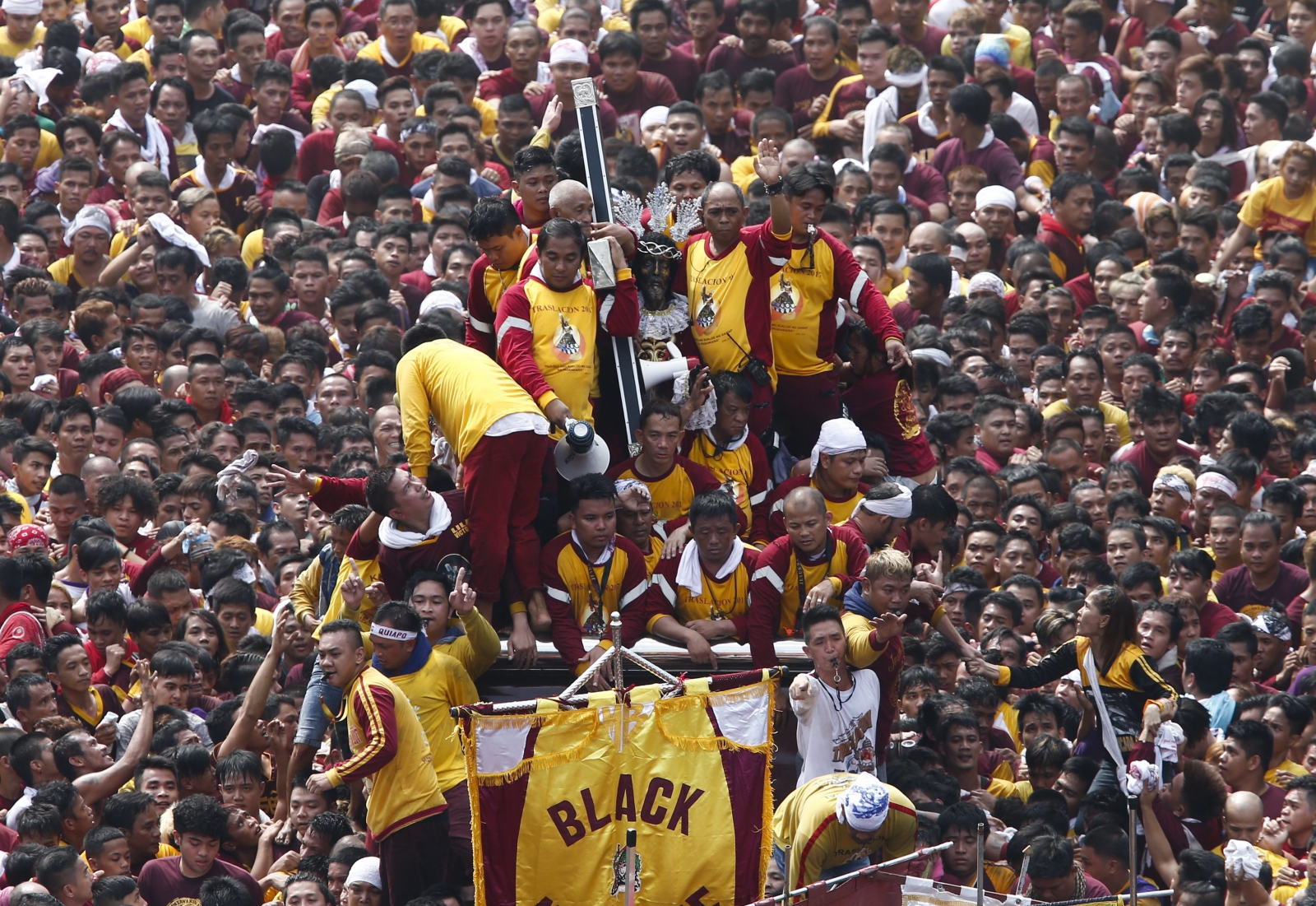


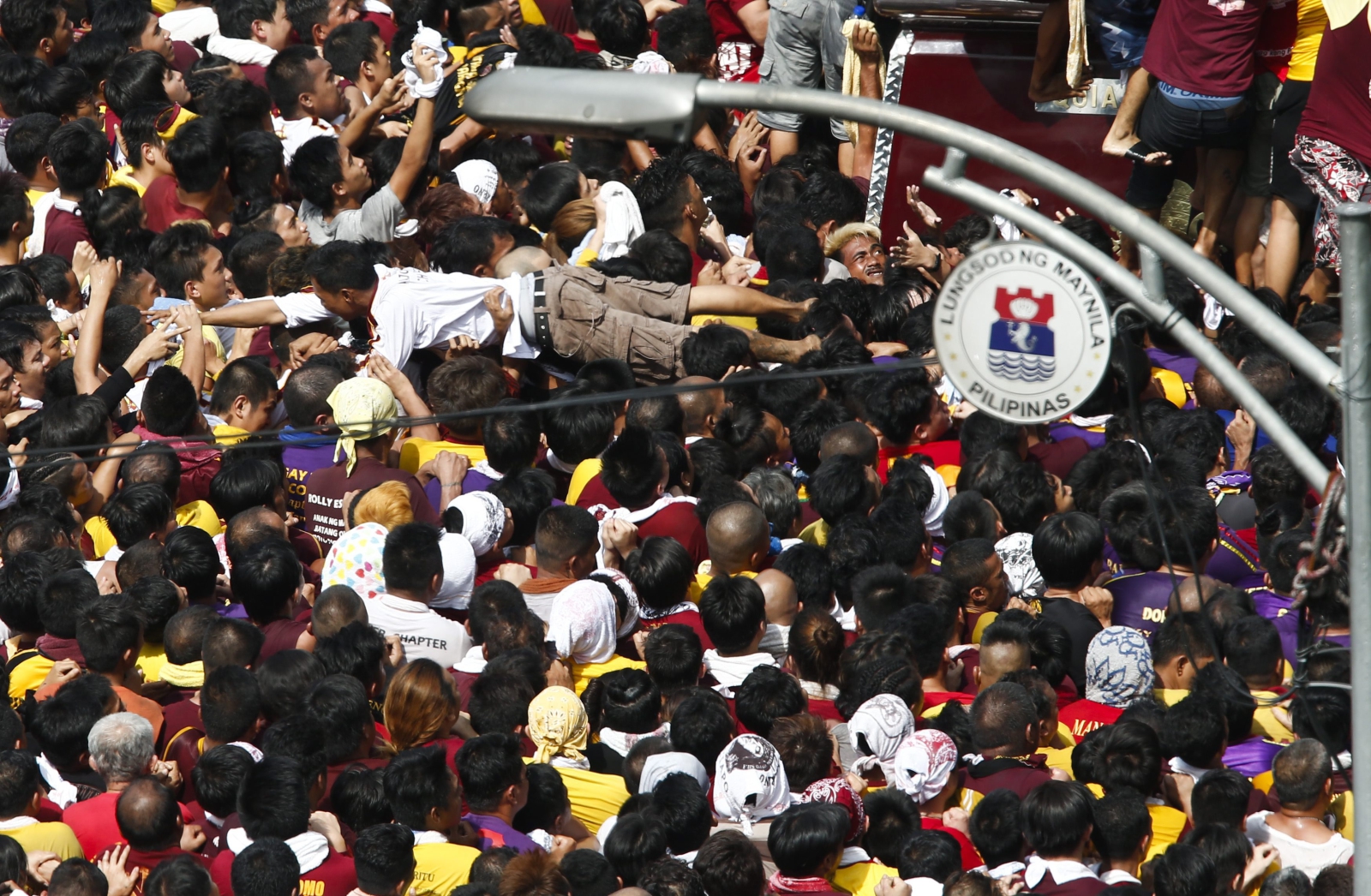
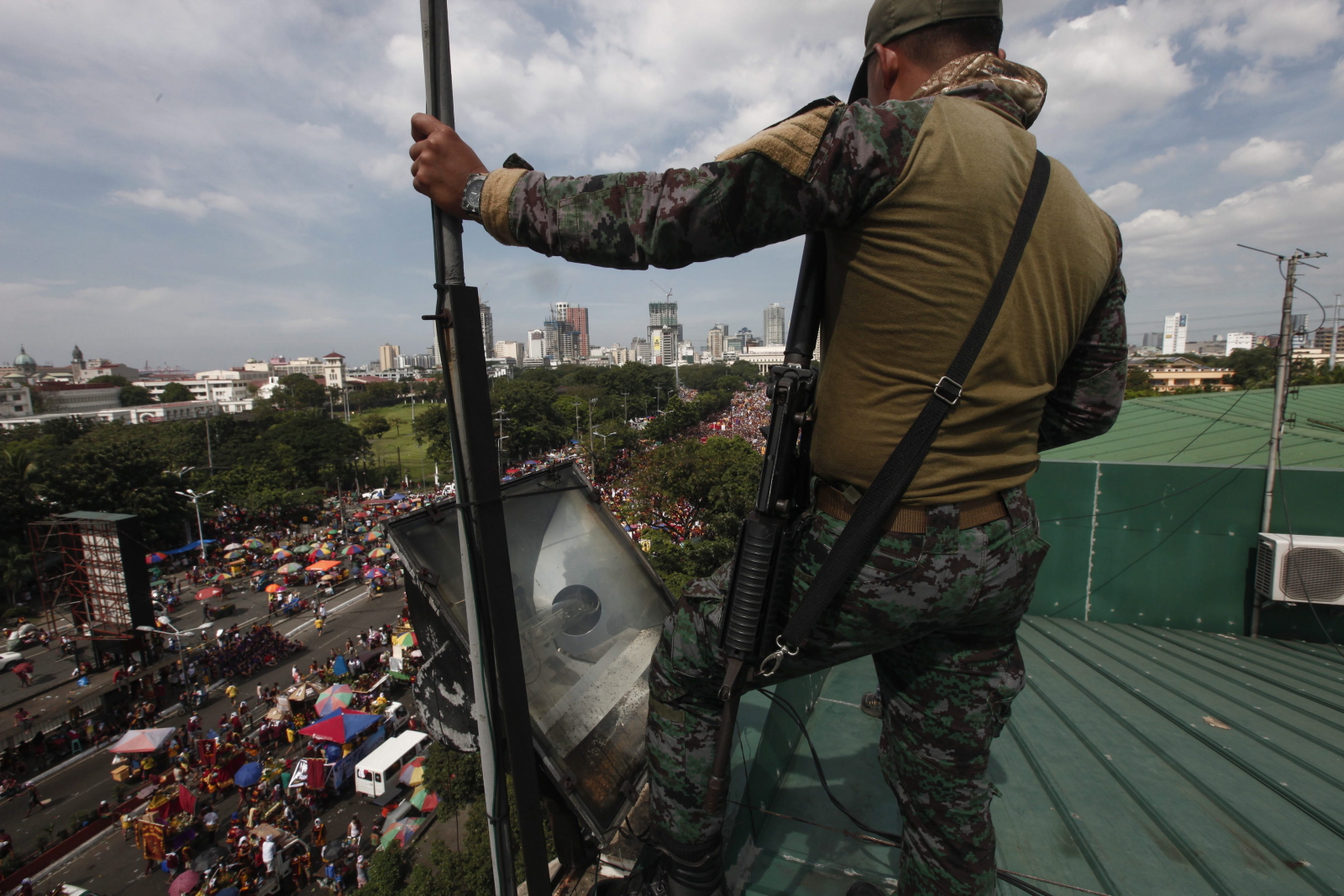

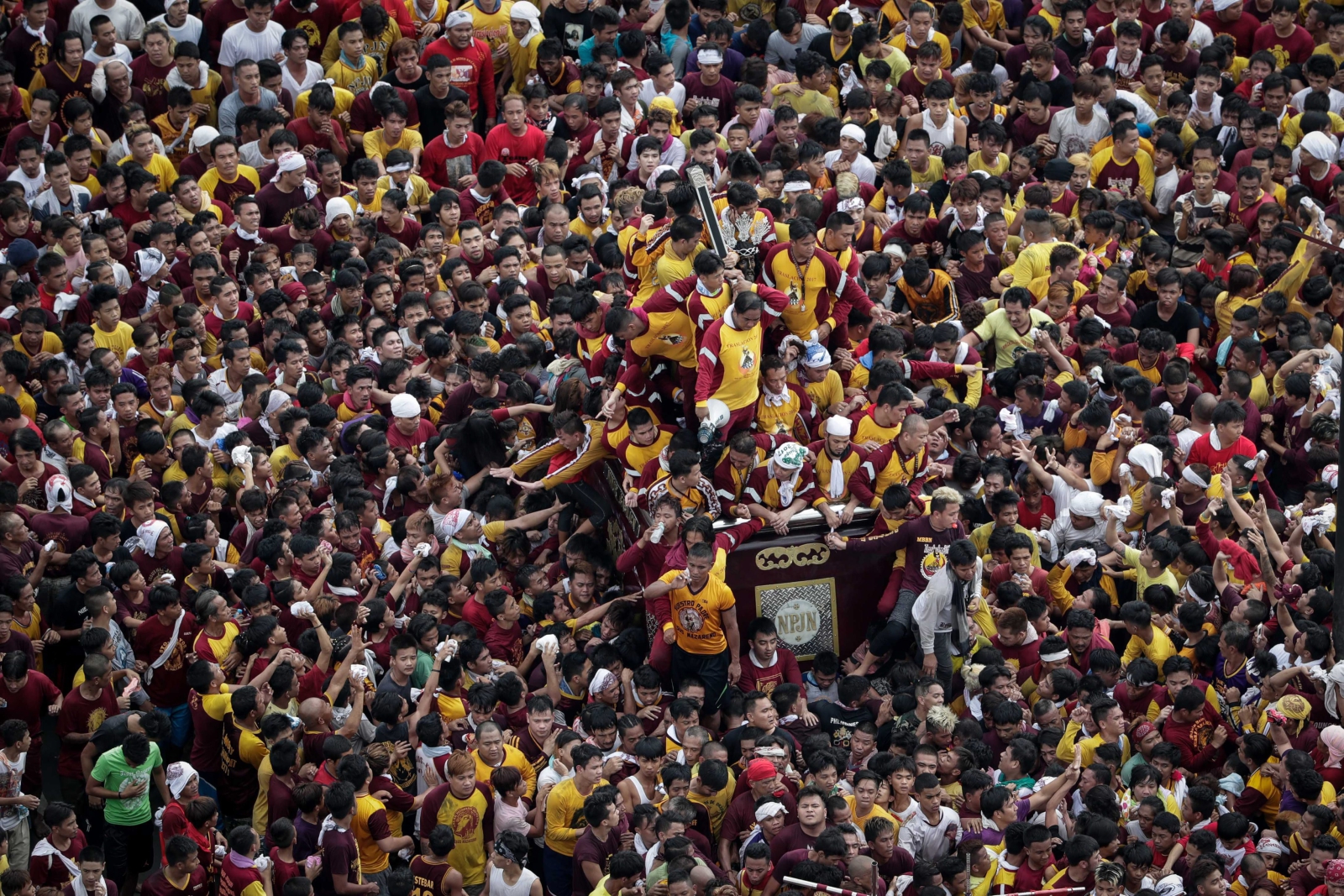
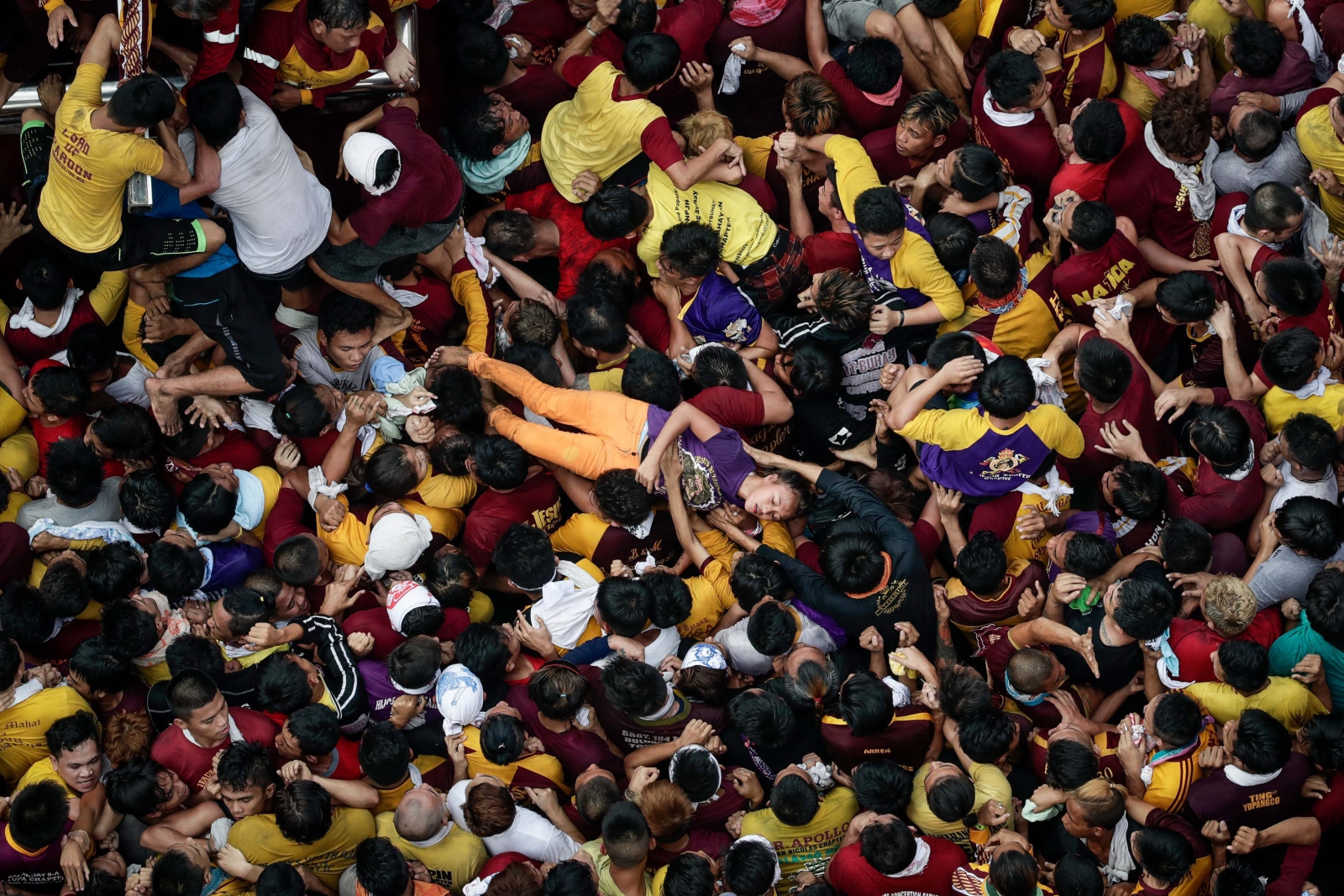



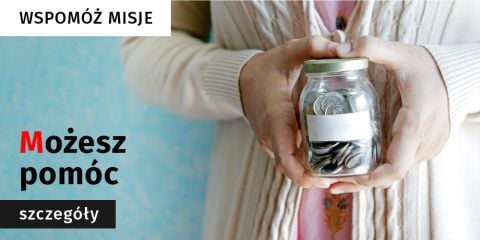

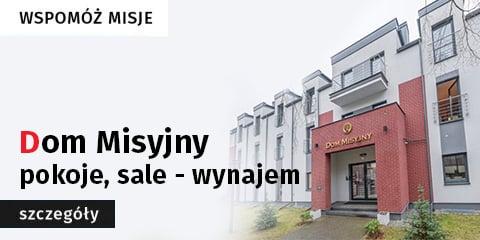
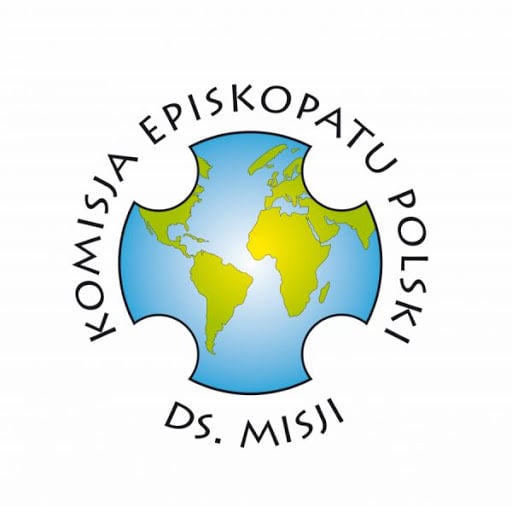
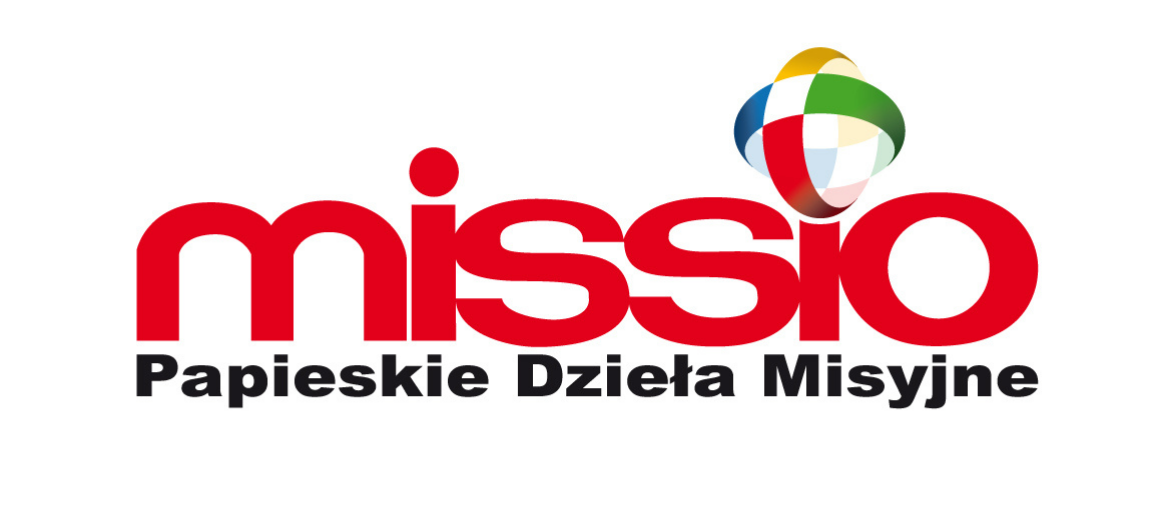

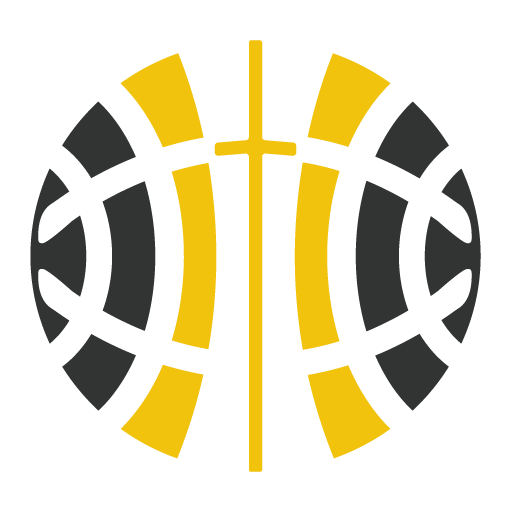






 Wiadomości
Wiadomości Wideo
Wideo Modlitwy
Modlitwy Sklep
Sklep Kalendarz liturgiczny
Kalendarz liturgiczny